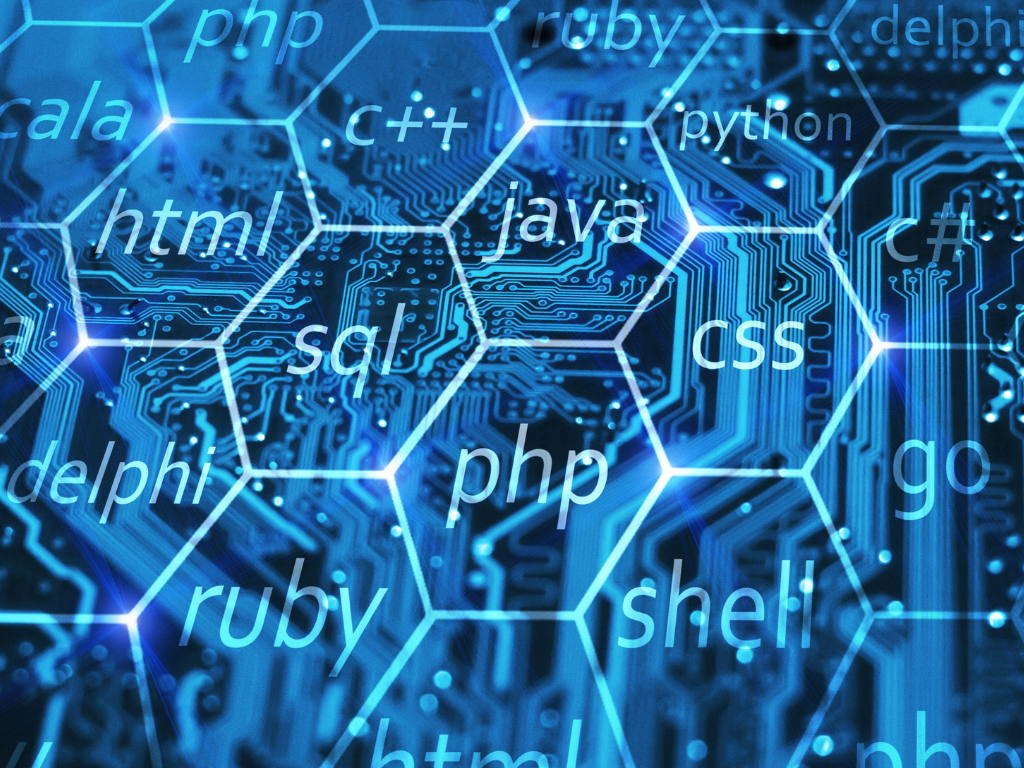
Secure PHP Code Development
Protecting Your Application through Effective User Input Sanitization
Developing secure PHP code is essential to safeguard your web applications from potential vulnerabilities and attacks. One critical aspect of secure PHP code development is the proper sanitization of user input. By validating and sanitizing user input effectively, you can prevent malicious data from compromising the integrity and security of your application. In this blog post, we will explore the importance of sanitizing user input and discuss best practices for achieving robust input sanitization in PHP.
User input sanitization is the process of validating and cleaning user-supplied data to ensure its safety and prevent security vulnerabilities. It involves removing or neutralizing any potentially harmful characters or code that could lead to various types of attacks, such as SQL injection, cross-site scripting (XSS), or command injection.
Benefits of User Input Sanitization
Prevention of SQL Injection Attacks
By sanitizing user input, you can mitigate the risk of SQL injection attacks. Properly sanitizing and validating user input before incorporating it into SQL queries helps ensure that the data is treated as data and not executable code.
Mitigation of Cross-Site Scripting (XSS) Attacks
Sanitizing user input prevents malicious scripts or code from being injected into web pages and subsequently executed in users' browsers. This helps protect your application's users from potential XSS vulnerabilities.
Best Practices for User Input Sanitization in PHP
Input Validation
Validate user input to ensure it adheres to expected formats, such as email addresses, phone numbers, or dates. Use PHP's filter functions, regular expressions, or custom validation logic to validate input data.
Parameterized Queries or Prepared Statements
Utilize prepared statements or parameterized queries to separate user input from SQL code. This helps prevent SQL injection attacks by automatically escaping user-supplied data.
HTML and Output Encoding
Implement appropriate output encoding techniques, such as htmlspecialchars(), to prevent XSS attacks. Encode user-generated content before displaying it on web pages to ensure it is treated as plain text rather than executable code.

File Uploads
Apply strict validation and filtering mechanisms when handling file uploads. Verify file types, limit file sizes, and store uploaded files in secure directories outside the web root.
Filter and Whitelist Input
Implement input filtering mechanisms to remove or neutralize potentially malicious characters. Use whitelisting techniques to allow only specific types of input, rejecting anything that doesn't meet the defined criteria.
Context-Specific Sanitization
Consider the context in which user input will be used and apply appropriate sanitization techniques accordingly. Different contexts may require different sanitization methods to ensure optimal security.
Regular Expression (Regex) Validation
Utilize regular expressions to validate complex input patterns, such as URLs, passwords, or custom formats. Use predefined regex patterns or create custom ones based on your specific requirements.
Effective sanitization of user input is a crucial aspect of secure PHP code development. By implementing proper input validation and sanitization techniques, you can significantly reduce the risk of security vulnerabilities, such as SQL injection and XSS attacks. Make user input sanitization an integral part of your development process, alongside other security measures, to build robust and secure PHP applications.